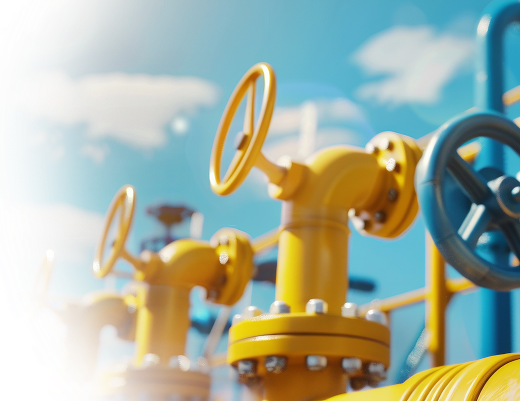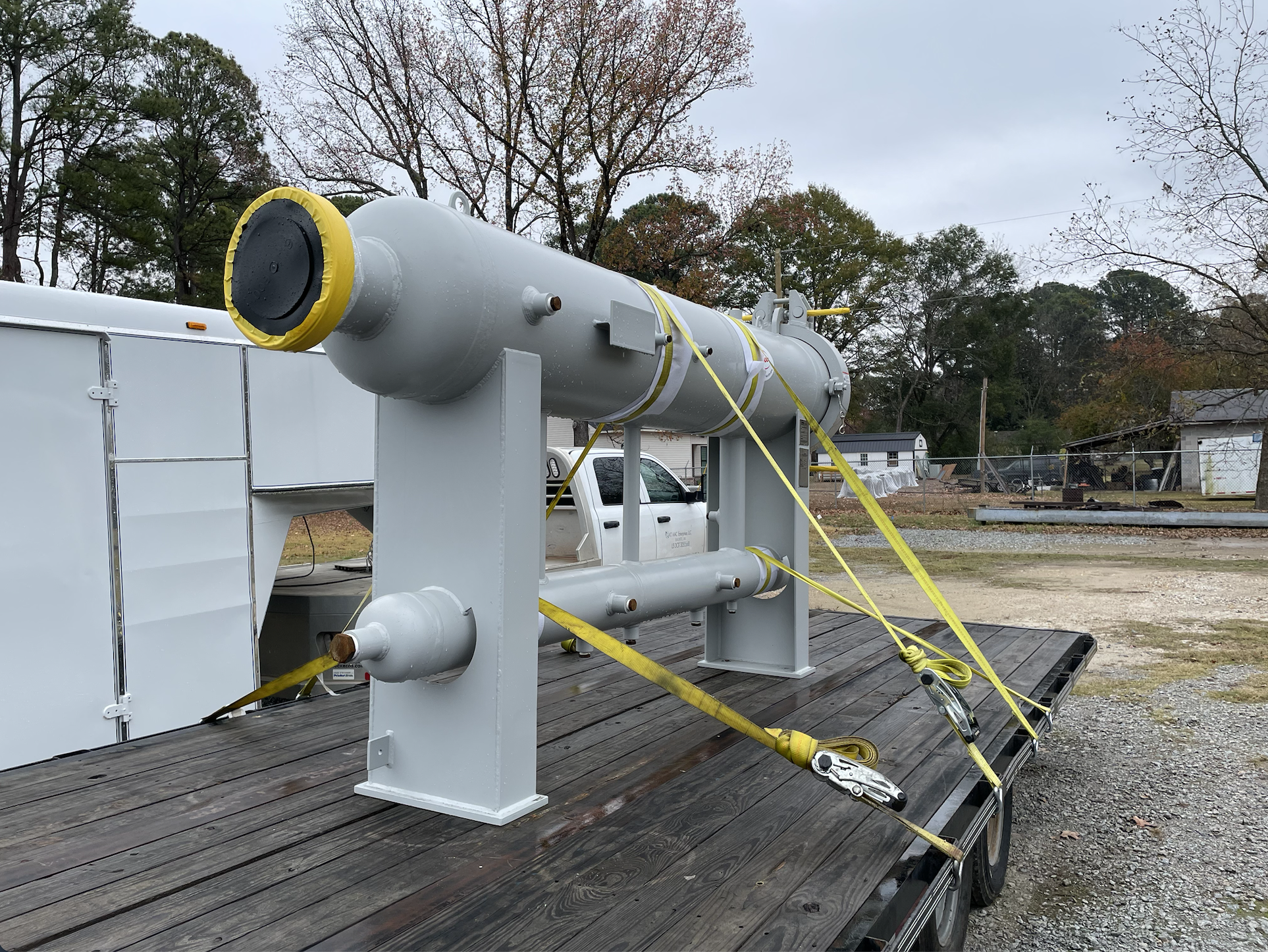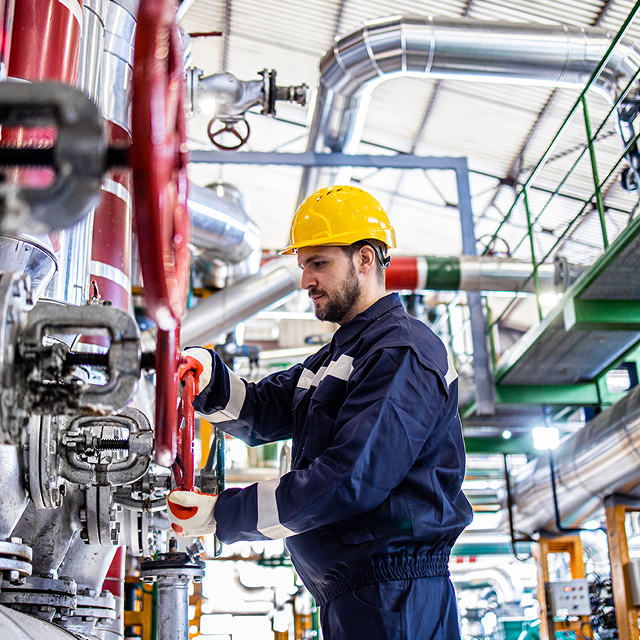
Natural Gas Transmission
Understanding Natural Gas Transmission
Transmission Pipelines: Large-diameter pipelines that transport natural gas from processing plants to local distribution systems or storage facilities.
Compressor Stations: Facilities strategically placed along pipelines to compress the gas, maintaining the necessary pressure for long-distance transport.
Metering and Regulating Stations: Stations that measure gas flow and regulate pressure to ensure safe and efficient delivery to downstream systems.
Valve Stations: Installed at intervals along pipelines to control gas flow and isolate sections for maintenance or emergency purposes.
Industries
Key Components of Natural Gas Transmission
The natural gas transmission system relies on several critical components to ensure smooth and efficient operation:
- Pipeline Infrastructure: Constructed from high-strength steel, these pipelines are buried underground to protect them from environmental factors and human activities.
- Compressor Stations: Equipped with compressors powered by gas turbines, electric motors, or reciprocating engines, these stations maintain the pressure needed for gas transport.

Industries
Importance of Cooling Solutions in Natural Gas Transmission

offering a range of cooling solutions tailored to the demands of the natural gas transmission industry
For more information about our cooling solutions and how they can benefit your natural gas transmission operations, contact KT Mac Enterprises today.
